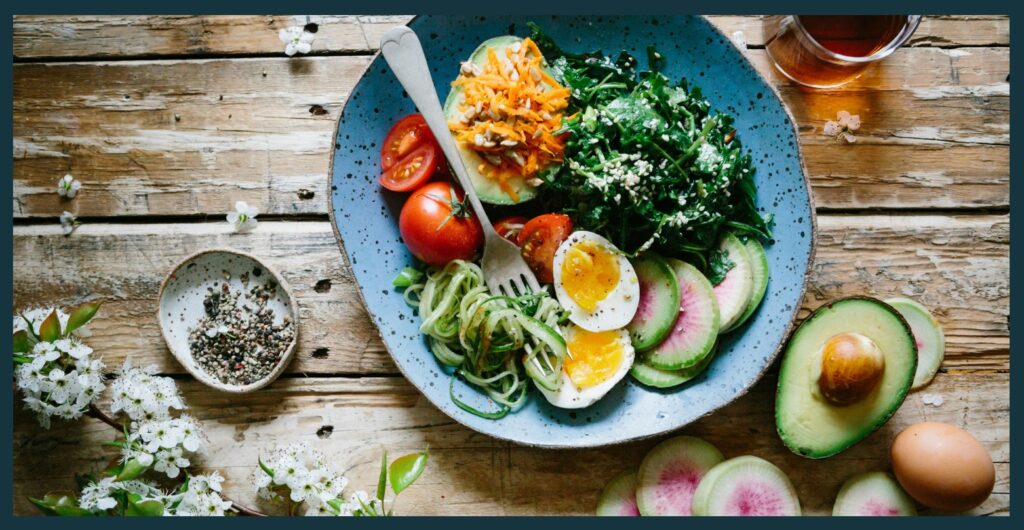
“Protein can be used for weight loss?! That makes no sense, what’s the hack?!” If you remember a post earlier on how fibre can help with weight loss, protein is very similar!
Let’s get into the science of how protein can help with weight loss!
WHAT iS PROTEiN?
First, let’s just jump back to a quick explanation of ‘energy in, energy out’ from the fibre blog post where all the foods we consume like an apple, fast food, or homemade pasta has energy and our bodies consume that energy to move, breathe, or shake a leg.
Table 1 below shows how much energy is in each macronutrient.
Table 1 below shows how much energy is in each macronutrient.

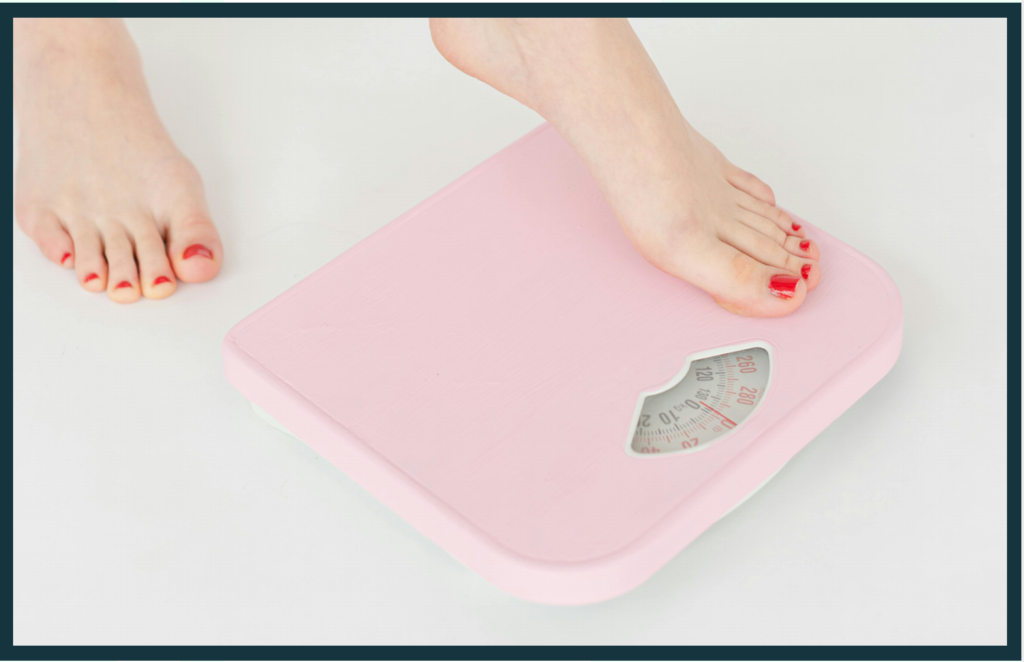
PROTEiN AND WEiGHT LOSS: MECHANiSM OF ACTiON
For hunger, we need to look at the hunger hormone: ghrelin (Klok et al., 2007). Ghrelin is a hormone the stomach produces and releases to tell the brain that it’s empty and it’s time to eat; it tells the brain it’s hungry! The higher the ghrelin, the hungrier you are but high protein foods had been found to lower ghrelin levels, having you feel fuller and happier (Cleveland Clinic, 2022).
Another hormone related to hunger is the gut hormone peptide YY or PYY. Research shown that PYY regulates body weight by reducing food intake and increasing energy expenditure (Karra et al., 2009). Studies then found that high protein intake induced the greatest release of PYY for satiety, or fullness (Batterham et al., 2006). Wrapping the science up, protein intake can make you fuller longer!
WHAT FOODS CONTAiN PROTEiN?
Foods you can find protein include meat, poultry, fish, eggs, milk, cheese, legumes, nuts, and seeds. If you prefer vegan, plant-based foods then tofu, lentils, plant-based burger patties, meat mince and sausages are options (Byrd-Bredbenner et al., 2016). Some foods normally low in protein such as bread or pasta have alternate high protein variants if you are a fan of those foods and really want that filling protein. If you would like to see how much protein a product has, turn the item until you can see the Nutrition Information Panel. Packaged foods such as breads, pastas, meats and alternatives, any processed food, should have a table showing how much protein there is per serve and per 100g. When comparing items, I prefer looking at both per 100g as you can more easily see what would have more protein.
AN ACTiON PLAN:
So we have a rough idea of how protein can help you eat less overall, so let’s put that to action. Let’s also combine this with fibre so you’ll have a filling, hearty meal!
CHiLLi CON CARNE RECiPE (SERVES 5 AND MY PERSONAL FAVOURiTE)
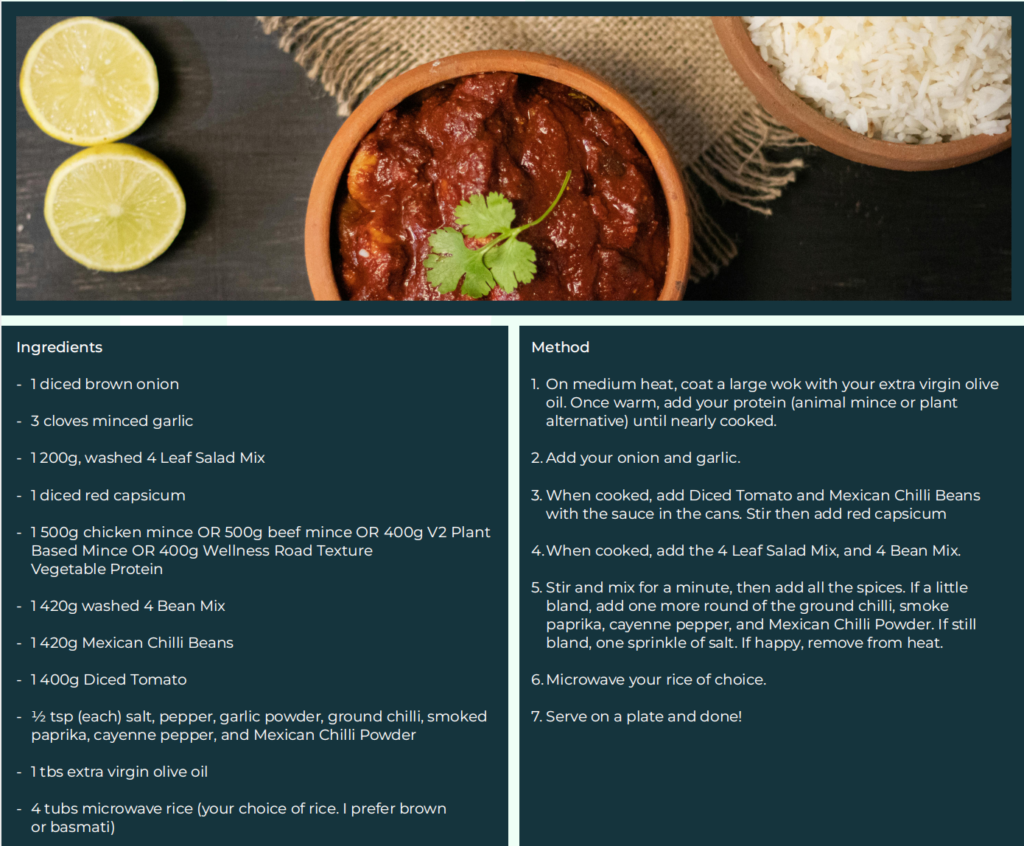
The above recipe is of a delicious and hearty meal I like to meal prep every few weeks. You can make your own adjustments too if you’d like!
Recipe-less meals you could make include curry, fried rice, pasta, baked fish, steak, burgers, anything you feel like making!
Some filling snacks you could have in your day include nuts and seeds, tinned beans or legumes, yoghurts, protein shakes, nice filling sandwiches, any food you can safely snack on!
Overall, aiming for more protein in your meals is a great way to stay full for help with weight loss. Remember, regardless of your weight you are beautiful so don’t let that number hurt you too much
If you would like more information tailored to your lifestyle, seeking professional advice from a medical practitioner and/or dietitian is always recommended.
If you need further help, you can contact us at
Email: info@mindforlife.org.au
OR
Phone: +61 449 601 425
Psych name first then GP
References
Batterham, R.L., Heffron, H., Kapoor, S., Chivers, J.E., Chandarana, K., Herzog, H., Le Roux, R.W., Thomas, E.L., Bell, J.D., & Withers, D.J. (2006).
Critical role for peptide YY in protein-mediated satiation and body-weight regulation. Cell Metabolism, 4(3), 223-233. https://doi.org/10.1016/j.cmet.2006.08.001
Better Health Channel. (2022, January 13).
Protein. https://www.betterhealth.vic.gov.au/health/healthyliving/protein
Bryd-Bredbenner, C., Moe, G., Berning, J., & Kelley, D. (2016). Wardlaw’s Perspectives in Nutrition. McGraw Hill Education.
Cleveland Clinic. (2022, April 21). Ghrelin. https://my.clevelandclinic.org/health/body/22804-ghrelin
Ireton-Jones, C.S. (2017). Intake: Energy. In L.K. Mahan & J.L. Raymond (Eds.),
Krause’s Food & The Nutrition Care Process (pp. 17-27). Elsevier.
Karra, E., Chandarana, K., & Batterham, R.L. (2009). The role of peptide YY in appetite regulation and obesity. The Journal of Physiology,
587, 19-25. https://doi.org/ 10.1113/jphysiol.2008.164269
Klok, D.D., Jakobsdottir, S., & Drent, M.L. (2007). The role of leptin and ghrelin in the regulation of food intake and body weight in
humans: a review. Obesity Reviews, 8(1), 21-34. https://doi.org/10.1111/j.1467-789X.2006.00270.x
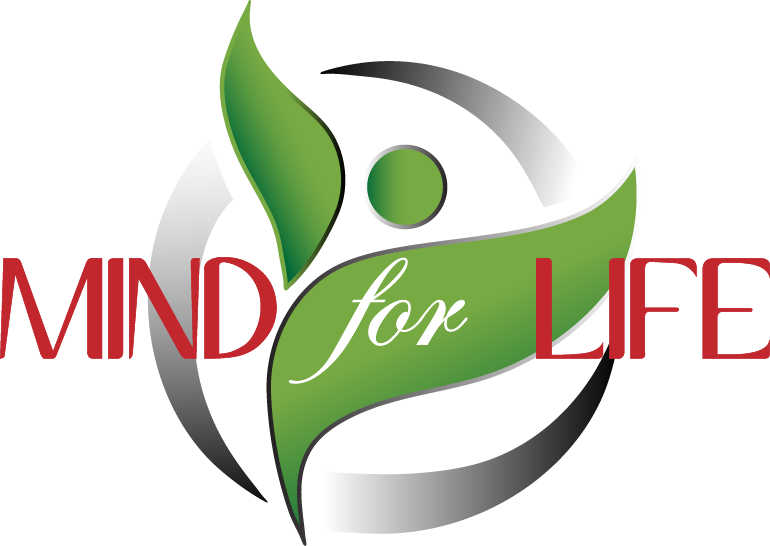
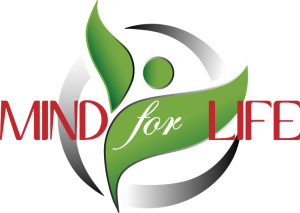

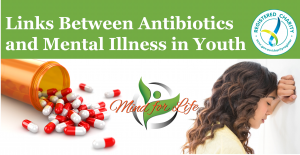
I do not even know how I ended up here but I thought this post was great I do not know who you are but certainly youre going to a famous blogger if you are not already Cheers